When at rest, the wings are held almost vertically against the body with two buff areas at the front of the thorax and at the tips of the forewings which look very like the pale wood of the birch. The rest of the wings are the same mottled grey colour of the birch bark.
Occasionally the adults can be found resting in the day on a twig or the ground. They fly at night and comes to light, usually after midnight.
The yellow and black caterpillars can be seen from July to early October before they overwinter as pupae under the ground.
Size and Family
- Family – Phalerinae (Notodontidae)
- Large Sized
- Wingspan Range – 44-68mm
Conservation Status
- UK BAP: Not listed
- Common
Caterpillar Food Plants
Deciduous trees; most frequently on sallows, birches, oaks and Hazel (Corylus avellana) but also Alder (Alnus glutinosa), limes, elms, Beech (Fagus sylvatica), Rowan (Sorbus aucuparia), Hornbeam (Carpinus betulus) and Sycamore (Acer pseudoplatanus), preferring those in sunny locations.
Habitat
Open woodland, scrub, hedgerows and gardens.
Distribution
- Countries – England, Wales, Scotland and Ireland
- Well distributed and frequent throughout England, Wales, the Isle of Man and the Channel Islands. More local in mainland Scotland.
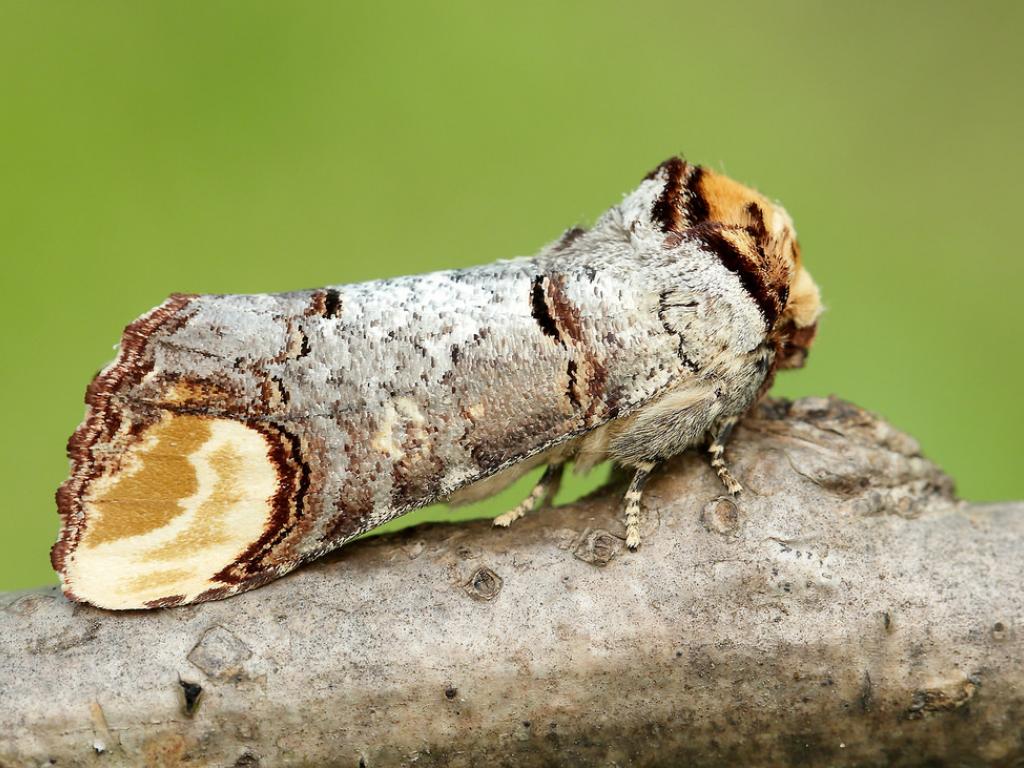
Buff-tip - Iain Leach
Buff-tip
Iain Leach
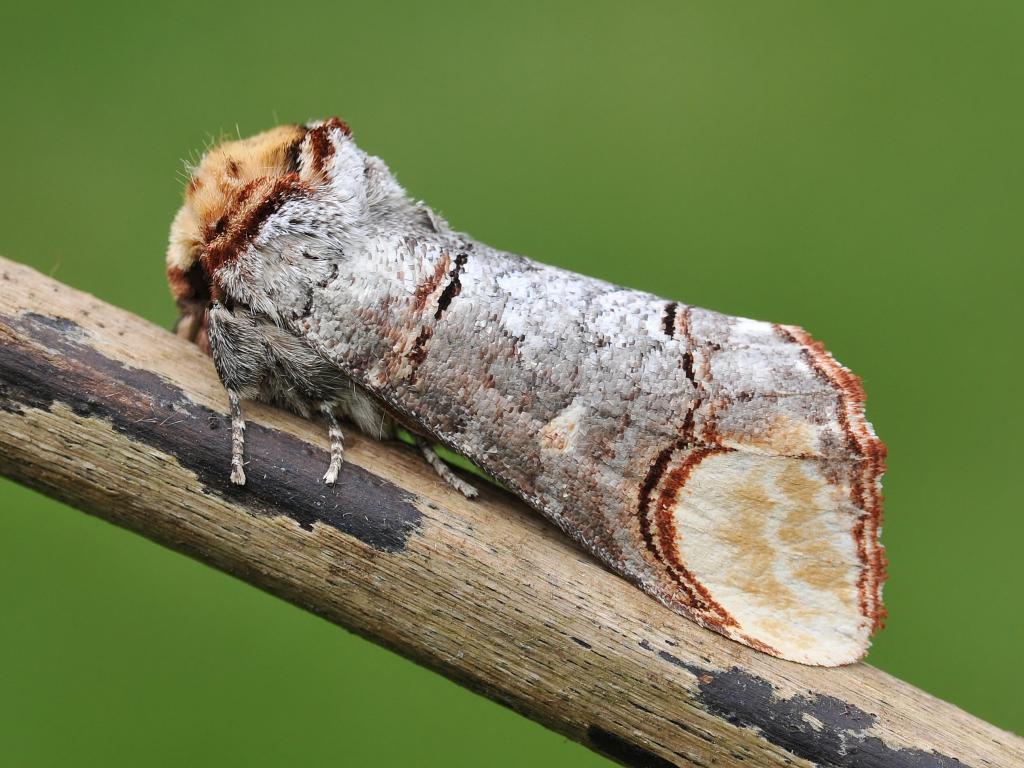
Buff-tip - Bob Eade
Buff-tip - Bob Eade
Buff-tip - Bob Eade
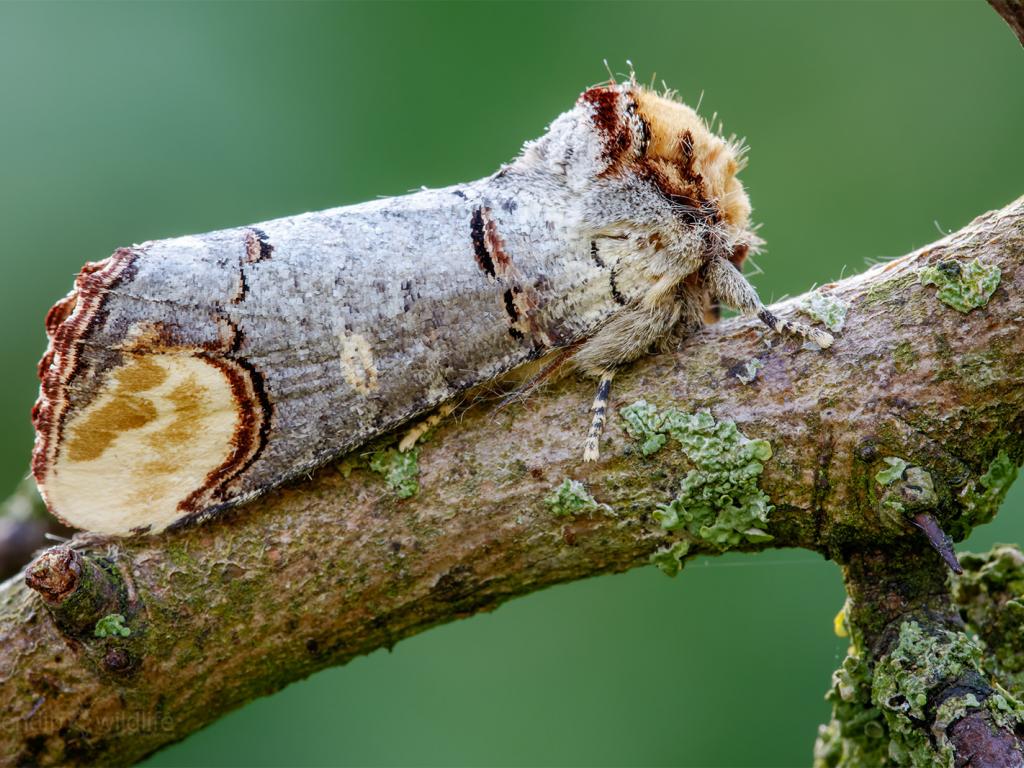
Buff-tip - Heath McDonald
Buff-tip
Heath McDonald
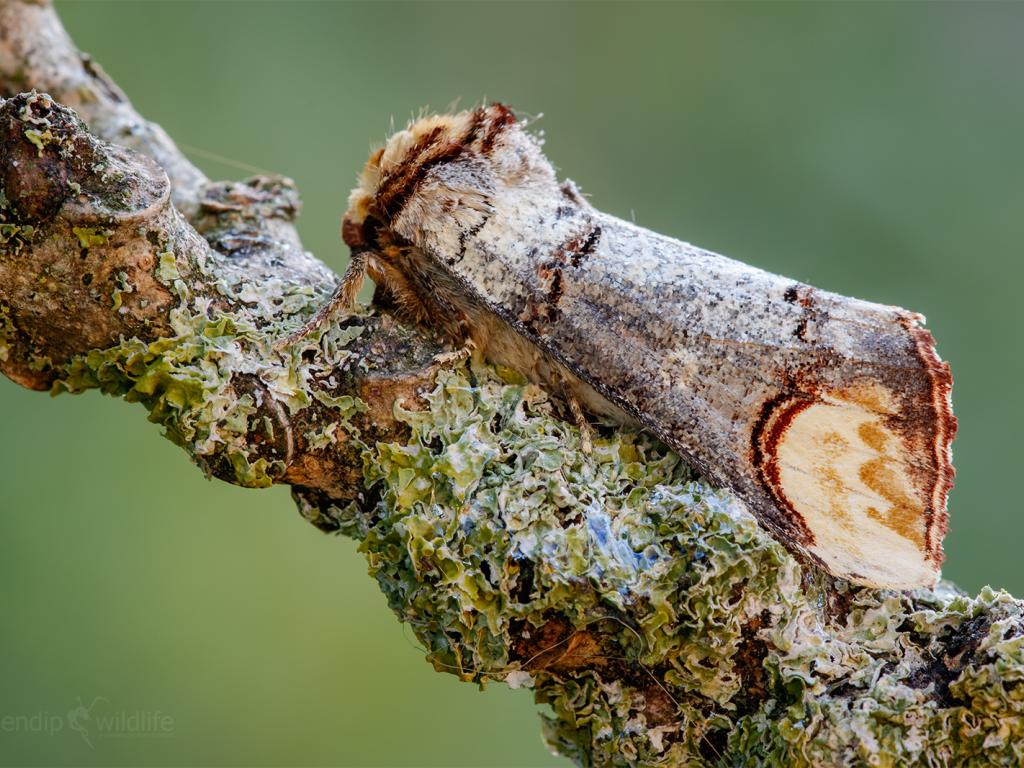
Buff-tip - Heath McDonald
Buff-tip
Buff-tip - Heath McDonald
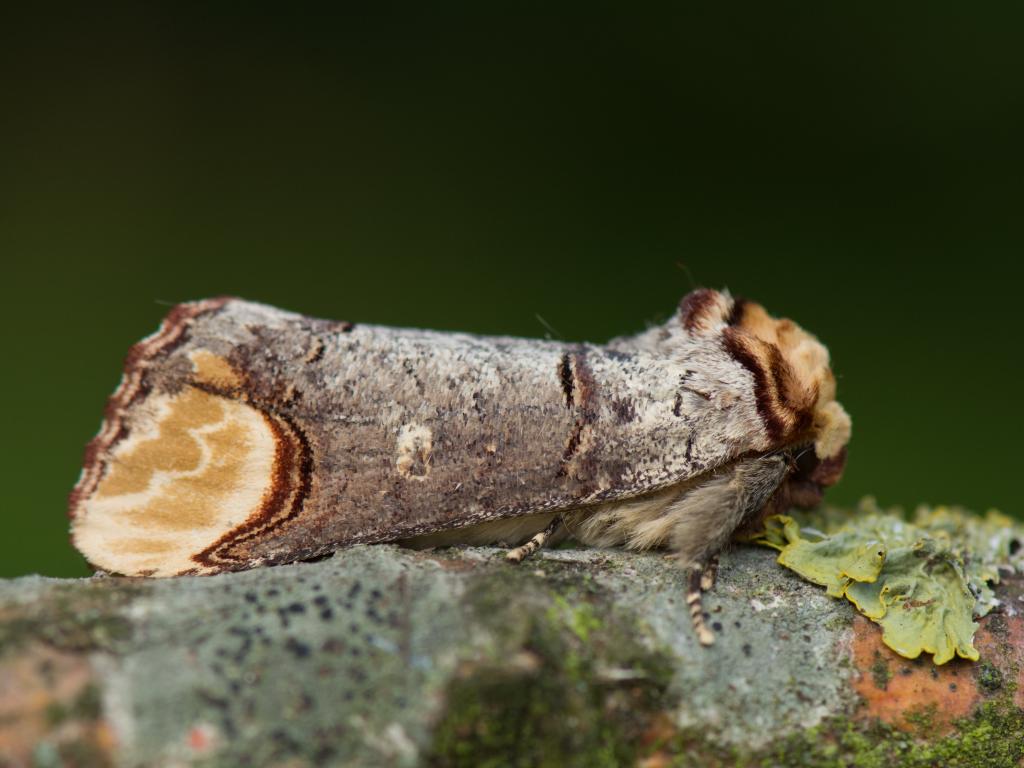
Buff-tip - Koen Thonissen
Buff-tip
Koen Thonissen
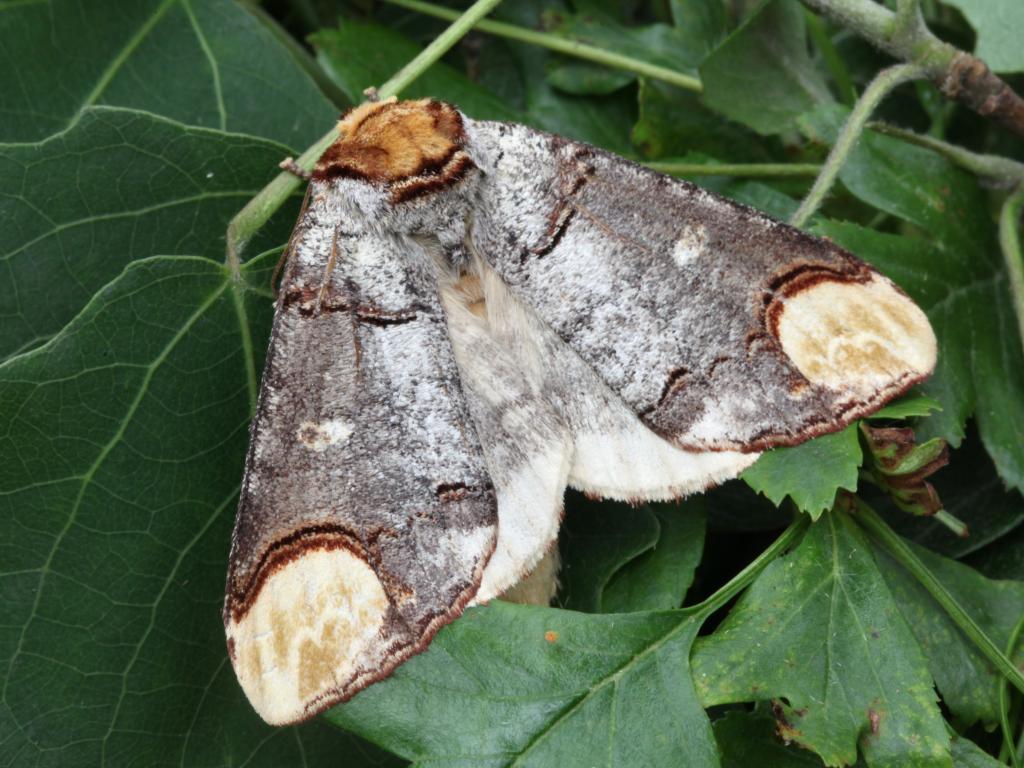
Buff-tip - Garry Barlow
Buff-tip
Garry Barlow
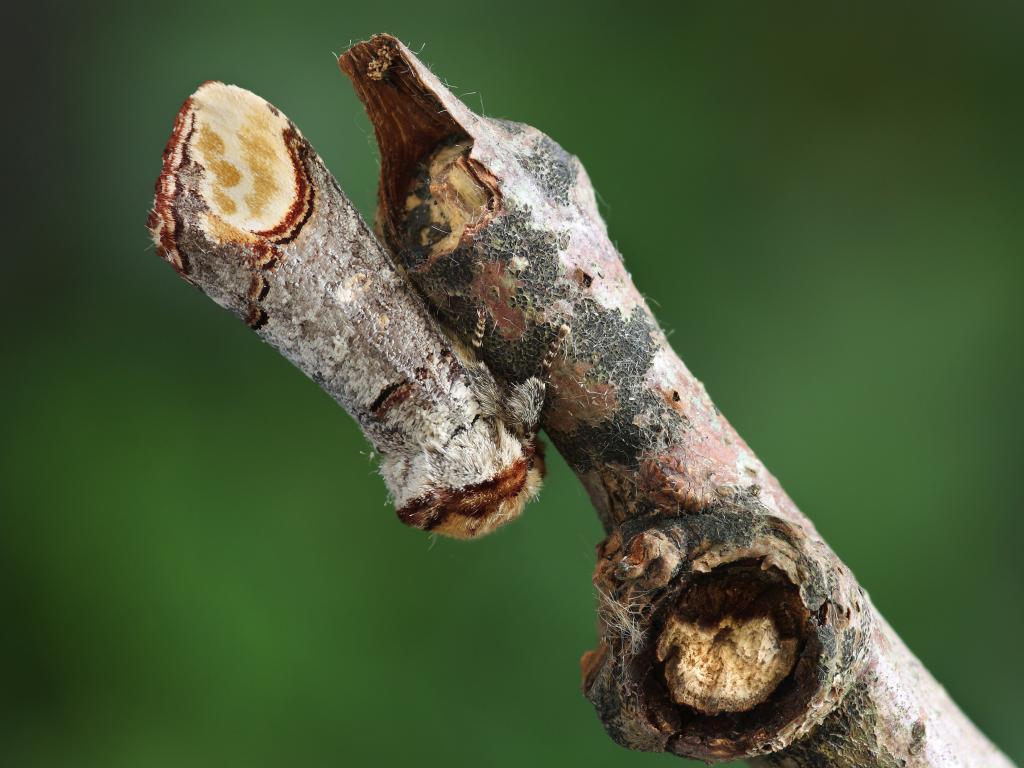
Buff-tip - Patrick Clement
Buff-tip
Patrick Clement
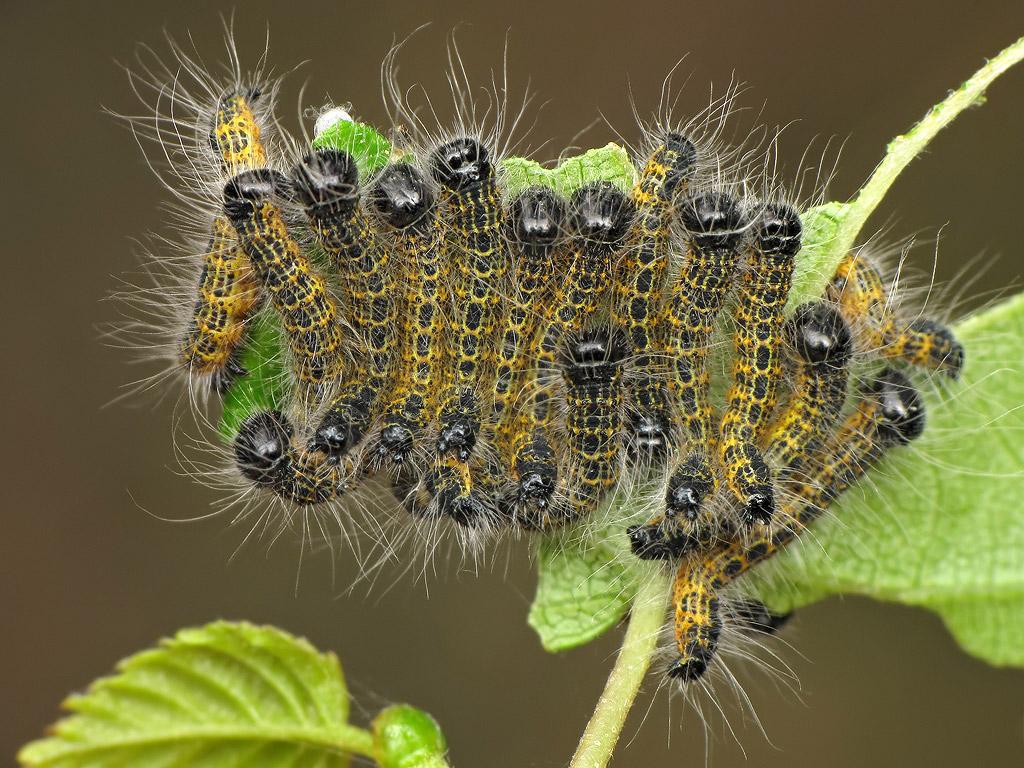
Buff-tip (caterpillars) - Ryszard Szczygieł
Buff-tip (caterpillars)
Ryszard Szczygieł
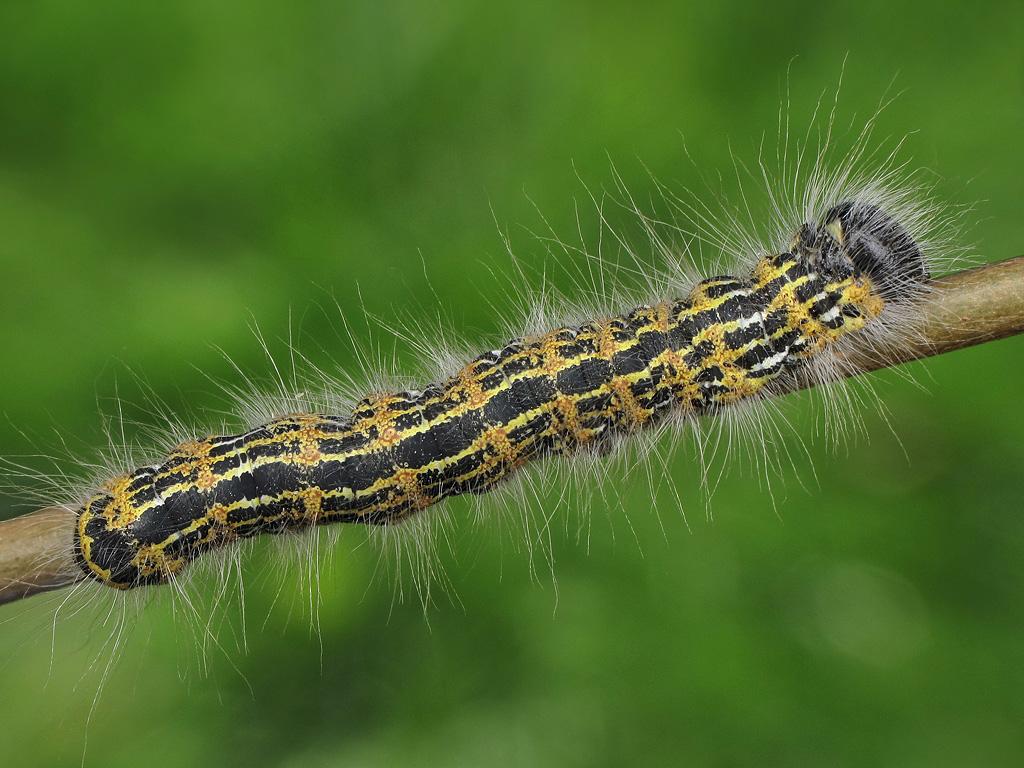
Buff-tip (caterpillar) - Ryszard Szczygieł
Buff-tip (caterpillar)
Ryszard Szczygieł
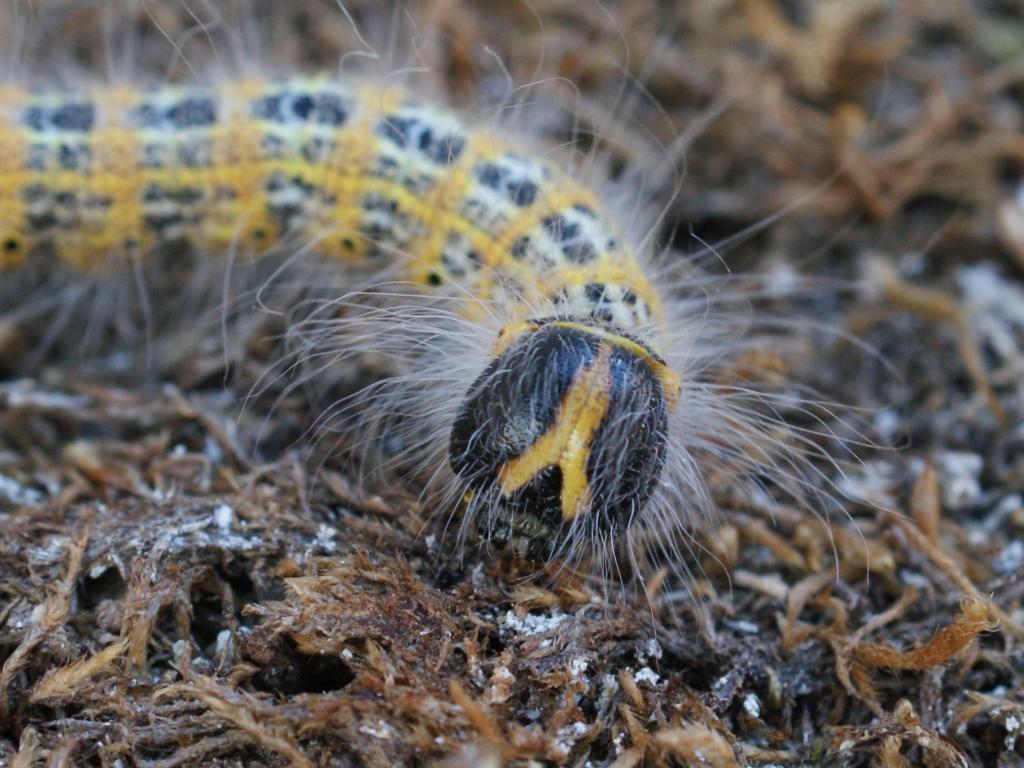
Buff-tip (caterpillar) - Dave Shenton
Buff-tip (caterpillar)
Dave Shenton

